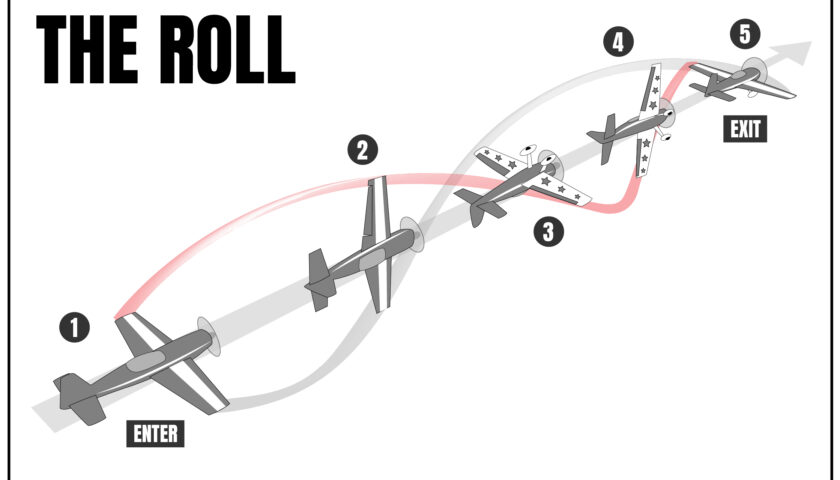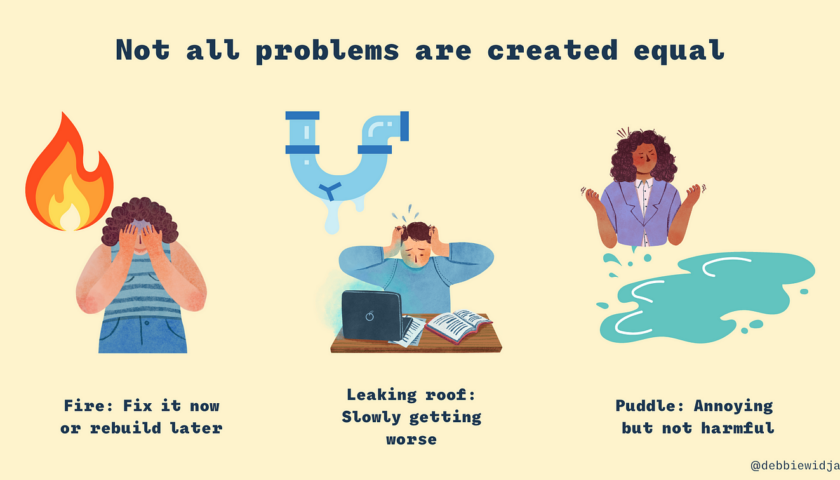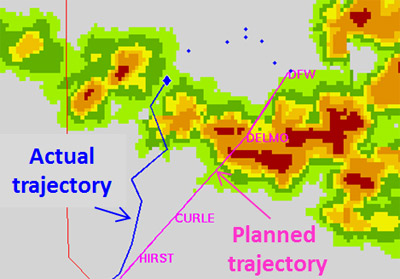Aerobatic flying is demanding for both aircraft and pilot. For aerobatic flying, the aircraft must be highly manoeuvrable and structurally able to bear the loads which can be as high as six times which are experienced in normal straight and level flight. Needless to say, the pilot must have undergone special training and should have developed skills and knowledge to perform them. He or she must be aware of aircraft as well as his own limitations (human limitations and personal tolerances).
What is Aerobatic Flight?
Aerobatic flight means manoeuvres intentionally performed by the pilot that involve:
(a) bank angles in excess of 60 degrees; or
(b) pitch angles in excess of 45 degrees, or otherwise abnormal to the aircraft type; or
(c) abrupt changes of direction angles of bank, angles of pitch, or speed.
What are different category of aircraft?
Acrobatic category means an aircraft certified for aerobatic manoeuvres in accordance with relevant design rules. Manoeuvre limitations are as per the aircraft’s flight manual.
Utility category means an aircraft certified for limited aerobatic manoeuvres in accordance with relevant design rules. Permitted manoeuvres and limitations are shown in the aircraft’s flight manual.
The difference between “acrobatic” category aircraft and “normal” or “utility” is basically the limit load factors, or “G loadings” the structure can withstand. The differences are summarised in the table below.
| Normal | Utility | Acrobatic | |
| Positive | +3.8 Gs | +4.4 Gs | +6.0 Gs |
| Negative | (-)1.52 Gs | (-)1.76 Gs | (-)3.0 Gs |
Note: the above tolerances are the minimum specified for inclusion in each performance category. Pilots should consult the AFM for the individual aircraft’s limits. It is obvious from the table above that aircraft certificated in the “acrobatic” category are designed to be significantly stronger than “utility” or “normal” category aeroplanes. For e.g. a level 60 deg bank angle turn the normal acceleration involved is 2G, where as for a loop normal acceleration is about 4G.
Different Aerobatic Manoeuvres
Aerobatic flight is not only exciting to watch but it is the way military pilots hone their flying abilities to the highest possible level. Military pilot are initiated into aerobatic flights right from the beginning of their aviation training. It encompasses turns with more than 60 deg, stall, spin loop, barrel roll, rolls and roll of the top. As the student progresses they are gradually moved to more complex manoeuvres like clover, vertical 8s, slow speed loop and combination aerobatics depending on aircraft capability. Some of the basic manoeuvres are depicted below.

The Roll.
Often the first manoeuvre to be taught to a pilot, simple to execute and enthralling for spectators also. However this is where the catch lies. If executed carelessly at low speed or without adequate clearance from ground has lead to many accidents or incidents. Performed during displays to demonstrate rolling capability of aircraft or in other words it control power. It is also ideal manoeuvre to either gain or shed excess potential or to reposition before commencing next aerobatic through which a pilot is able to retain the interest of crowd.

The Loop
Most fascinating manoeuvre where pilot is exposed to high vertical acceleration loads with speeds varying from close to maximum to below stall speeds. During manoeuvre the pilot aims to maintain constant pitching rate as well as sufficient buffer from stalling angle of attack. It is exhilarating when executed correctly. The most trickiest aircraft to execute this manoeuvre was MiG 23/27 while it was easiest on MiG 29 due to high thrust to weight ratio.

The Barrel Roll
The combination of looping and rolling manoeuvre. It is like a litmus test for pilots when the aircraft goes through perfect geometry. Not easy to master.

Stall Turn
This is not one of the basic aerobatic manoeuvres but I have included this because it was my favourite. Executed on HPT-32 aircraft, always highlighted the thin difference between confidence and over confidence. The moment a pilot would get complacent the aircraft would do everything else but a stall turn. Very high degree of precision and control is required to perfectly execute this manoeuvre. I still remember many instances when demonstrating this particular manoeuvre to trainees, I had to either swallow my pride and either abandon it or accept that what the trainee saw was exactly what was not supposed to done. 🙁
Why Aerobatics flights are mandatory in military aviation training?
- Aerobatic flight enhances the skill to handle the aircraft through out its envelope. This is very very critical for military pilot.
- The pilot learns to fly with precision with minimal reference to instruments.
- The pilot learns to anticipate, plan and coordinate manoeuvres depending on aircraft energy and airspace availability.
- It enhances confidence and understanding of limitation of both own self and aircraft.
- The pilot learns to impose their (human and machine combined) strengths with better planning on the adversary and score a kill in aerial combat.
- The precise control also improves weapon delivery.
- Enhances situational awareness and becomes proficient in recovery from unusual attitudes and recovery (upset recovery).
Such varied skills can only be developed with the help of aerobatics manoeuvres and freedom to manoeuvre through out the flight envelope.
While it was great fun to be able to perform such manoeuvres and multiple more, but the bottom line was to get back safely. We were trained to perform checks before each manoeuvre like
- Clear the airspace
- Not over prohibited or populated area
- check engine and aircraft serviceable
- no loose articles in the aircraft
- harness tight and locked
- Sufficient height or potential for recovery for next manoeuvre
While a layman looking at these manoeuvres would think that pilots would be giving abrupt, harsh and large control inputs to execute them. But to your surprise such manoeuvres were performed with ease, and smooth control input. This prevented pilot entering into GLOC or exceeding aircraft limits.
I am grateful that I had chance to fly such magnificent machines and was able to bring them back safely every time.
Happy Landings. Be safe.



